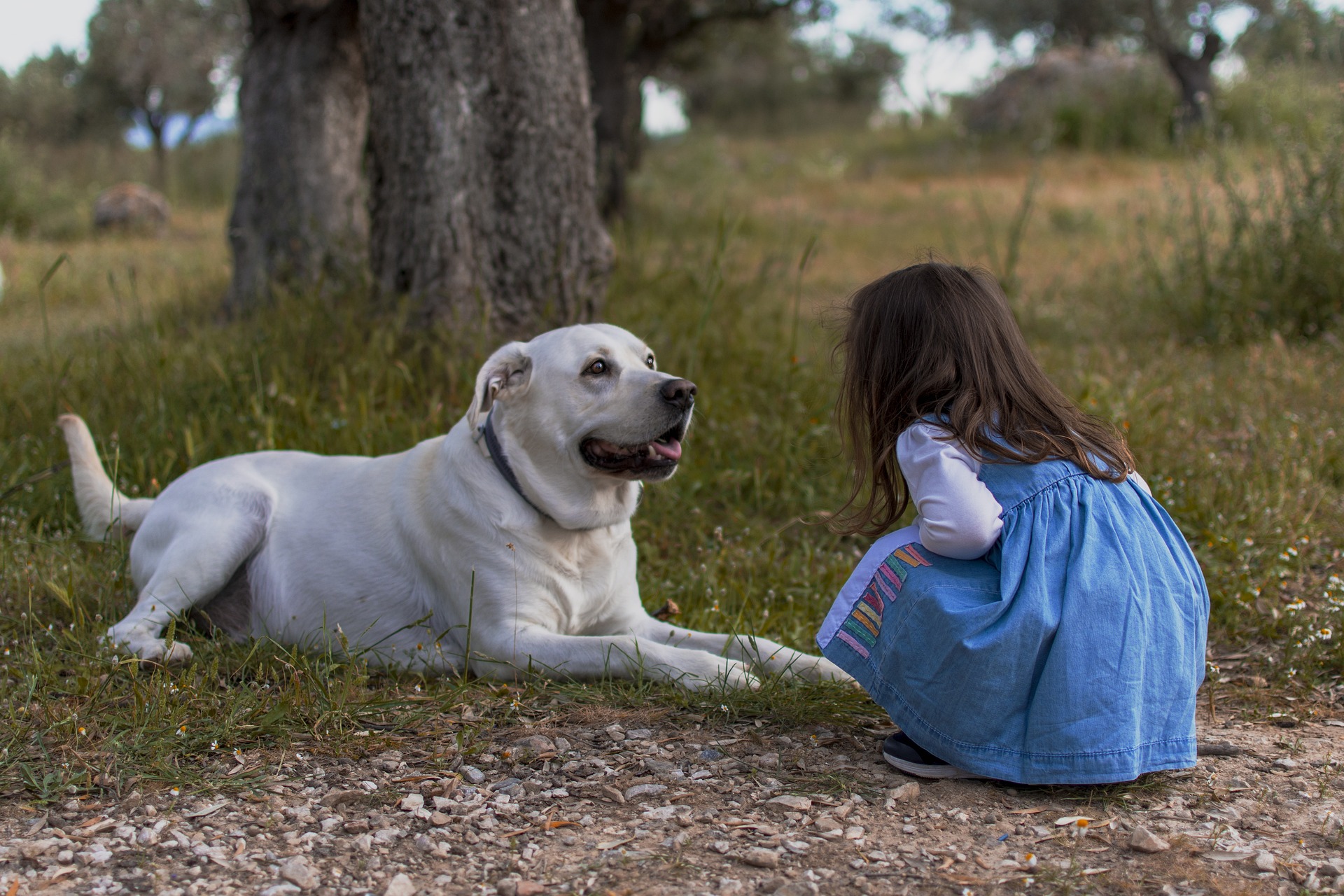Integrating a Rescue Pet into Your Home: A Comprehensive Guide
Adopting a rescue pet is a rewarding experience, but it also comes with its own set of challenges. Understanding how to make the transition smoother for your new furry friend is crucial. Read below to learn more about how you can effectively integrate a rescue pet into your home.

Understanding Your Rescue Pet’s Background
Rescue pets often come from difficult backgrounds. They may have been abandoned, abused, or neglected. This history can result in behavioral issues such as anxiety, aggression, or fear. It’s essential to approach your pet with patience and understanding, giving them the time they need to adjust to their new environment.
Creating a Safe Space
When your rescue pet first arrives, they may feel overwhelmed. Creating a safe space for them can help ease their anxiety. This could be a comfortable bed in a quiet room or a designated area in your living room. Make sure to introduce them to this space slowly and allow them to explore at their own pace.
Establishing a Routine
Rescue pets thrive on routine. Regular feeding times, walks, and play sessions can provide a sense of security and predictability. It’s also important to be consistent with training. This not only helps your pet understand what’s expected of them but also builds trust and strengthens your bond.
Socializing Your Rescue Pet
Socialization is key to helping your rescue pet adjust to their new home. Start by introducing them to family members and other pets in the household. Gradually expose them to different environments, people, and animals. Remember to keep these experiences positive and stress-free.
Seeking Professional Help
If your rescue pet continues to struggle despite your best efforts, don’t hesitate to seek professional help. A qualified animal behaviorist or trainer can provide valuable insights into your pet’s behavior and offer effective strategies for managing any issues.
Useful Tips and Facts:
- Rescue pets may take longer to adjust to their new home than pets from breeders.
- Positive reinforcement is the most effective training method for rescue pets.
- Regular veterinary check-ups are crucial to ensure your rescue pet’s health and well-being.
- Some rescue pets may benefit from calming aids such as pheromone diffusers or anxiety wraps.
- Patience and understanding are key when dealing with a rescue pet’s behavioral issues.
In conclusion, integrating a rescue pet into your home requires patience, understanding, and consistency. By creating a safe space, establishing a routine, socializing your pet, and seeking professional help when necessary, you can help your new furry friend adjust to their new life and form a lasting bond. Remember, every rescue pet is unique, and what works for one might not work for another. Always be patient and give your pet the time they need to adjust.




